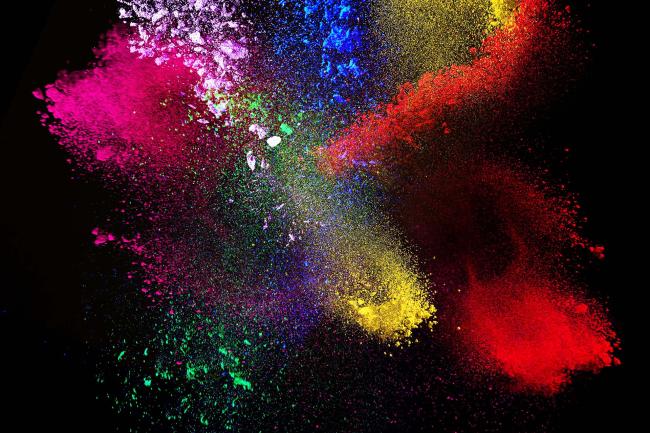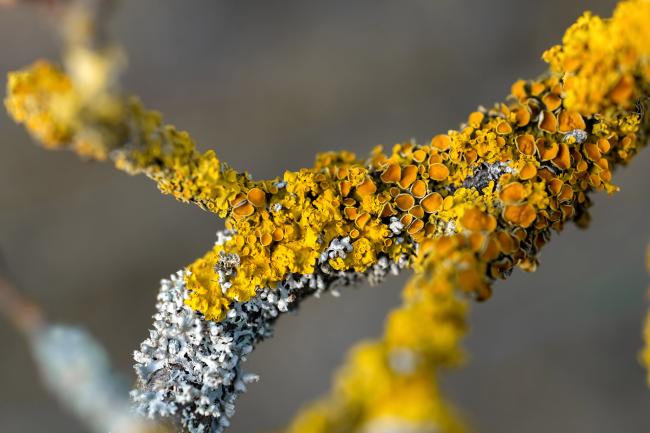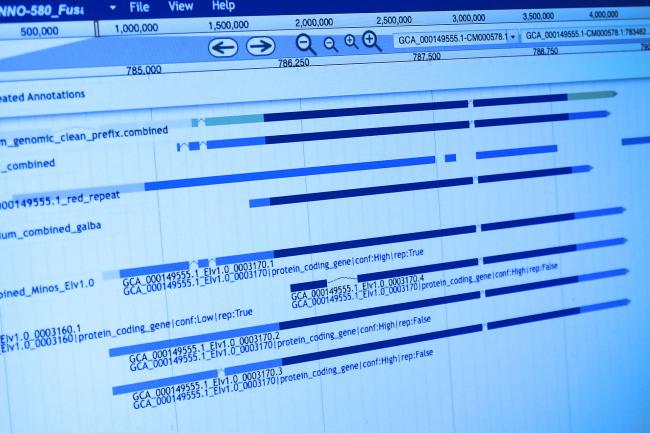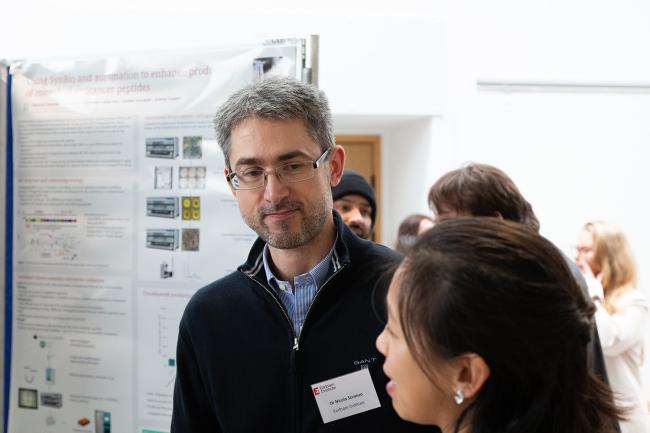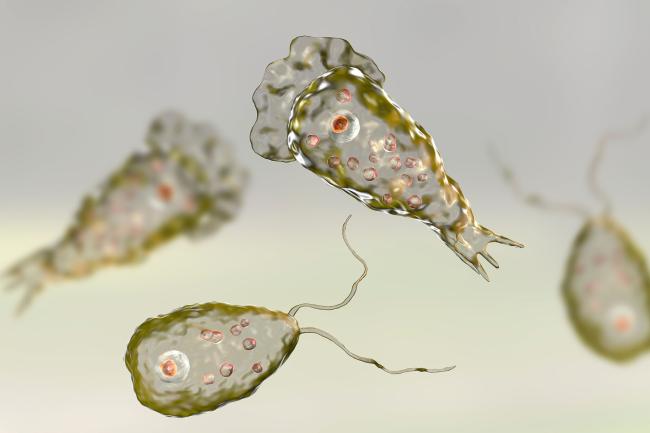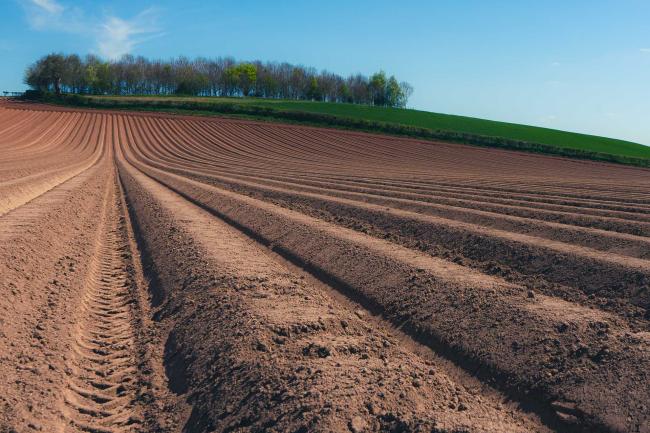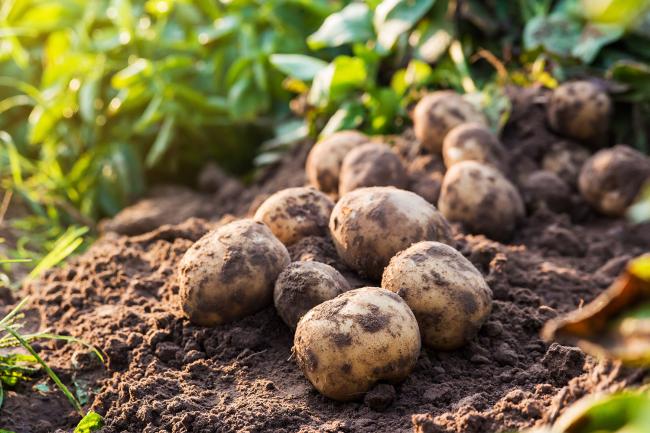Plant Genome Engineering
We are designing and applying molecular tools that can make precise deletions, insertions and edits in plant genomes.

Current crop improvement practices use several methods to increase genetic variation in plant genomes to develop new desirable traits.
The most recent and precise of these is genome editing that enables changes to be made to precise DNA sequences. In this project, we demonstrated that we are able to use these tools in plants, including crop species to introduce precise changes in plant genes that result in expected changes.
The use of RNA-guided Cas proteins from the CRISPR (Clustered Regulatory Interspaced Short Palindromic Repeats) loci found in bacterial adaptive immune systems for engineering has been widely demonstrated in a wide range of organisms including animals and plants.
We have investigated the efficiency and specificity of CRISPR-derived genome editing tools in plants, developing new tools and methods and demonstrating the ability to make precision changes to plant genomes without introducing new sequences into the genome. Finally, we applied these to engineering crop plants.
The following molecular tools are available from AddGene. These were used to construct circuits for Cas9-induced targeted mutagenesis in barley (Hordeum vulgare) and/or Brassica oleracea using the the Golden Gate MoClo Plant Toolkit and additional elements from the Golden Gate MoClo Plant Parts Kit.
#49770 pICSL90004 Level 0 SpCas9-h (with stop codon)
#117520 pICSL90005 Level 0 SpCas9-h (no stop codon)
#117521 pEPOR0SP0013 Level 0 SpCas9-p (with stop codon)
#117522 pEPOR0SP0009 Level 0 SpCas9-p (no stop codon)
#117523 pEPOR0SP0001 Level 0 SpCas9-DE (no stop codon)
#117524 pEPOR0SP0014 Level 0 SpCas9-KA (with stop codon)
#117525 pEPOR0SP0015 Level 0 SpCas9-KA (no stop codon)
#117526 pEPOR0SP0016 Level 0 Sp-eCas9 1.0 (with stop codon)
#117527 pEPOR0SP0017 Level 0 Sp-eCas9 1.0 (no stop codon)
#117528 pEPOR0SP0018 Level 0 Sp-eCas9 1.1 (with stop codon)
#117529 pEPOR0SP0019 Level 0 Sp-eCas9 1.1 (no stop codon)
#117530 pEPOR0SP0011 Level 0 Sp-xCas9 3.7 (no stop codon)
#117531 pEPOR0SP0020 Level 0 SaCas9 (with stop codon)
#117532 pEPOR0SP0021 Level 0 SaCas9 (no stop codon)
#117533 pEPOR0SP0012 Level 0 eSaCas9 (no stop codon)
#117534 pEPOR0SP0007 Level 0 LbCas12a (with stop codon)
#117535 pEPOR0SP0008 Level 0 AsCas12a (with stop codon)
#117536 pICSL50005 Level 0 c-term tag YFP
#50269 pICH51288 Level 0 2x35S_(promoter + 5UTR)
#68261 pICSL90002 Level 0 At U6-26 (promoter)
#50339 pICH41421 Level 0 Nos (3UTR + terminator)
#117542 pICSL11023 Level 1 2x35S_+ SpCas9-h:YFP + Nos
#117543 pEPOR1CB0002 Level 1 2x35S_+ SpCas9-p:YFP + Nos
#117544 pEPOR1CB0008 Level 1 2x35S_+ SpCas9-DE:YFP + Nos
#117545 pEPOR1CB0009 Level 1 2x35S_+ SpCas9-K855A:YFP + Nos
#117546 pEPOR1CB0010 Level 1 2x35S_+ Sp-eCas91.0:YFP + Nos
#117547 pEPOR1CB0011 Level 1 2x35S_+ Sp-eCas91.1:YFP + Nos
#117548 pEPOR1CB0112 Level 1 2x35S_+ Sp-xCas9 3.7.1:YFP + Nos
#117549 pEPOR1CB0013 Level 1 2x35S_+ LbCas12a + Nos
#117550 pEPOR1CB0014 Level 1 2x35S_+ AsCas12a + Nos
#117551 pEPOR1CB0015 Level 1 2x35S_+ SaCas9:YFP + Nos
#117552 pEPOR1CB0113 Level 1 2x35S_+ eSaCas9:YFP + Nos
Plasmids from Lawrenson et al (2015) Induction of targeted, heritable mutations in barley and Brassica oleracea using RNA-guided Cas9 nuclease:
#68262 pICSL90003 Level 0: PROM U6 (Triticum aestivum)
#68261 pICSL90002 Level 0: PROM U6-26 (Arabidopsis thaliana)
#68257 pICSL12009 Level 0: PROM Ubi (Zea mays)
#50270 pICSL12006 Level 0: PROM CsVMV (Cassava Vein Mosaic Virus)
#68260 pICSL80037 Level 0: CDS neomycin phosphotransferase II (Escherichia coli)
#68259 pICSL80036 Level 0: CDS hygromycin phosphotransferase II (Escherichia coli)
#68263 pICSL11059 Level 1, Position 1: CaMV35s:TMV-Omega_hptII with intron_CaMV35s
#68252 pICSL11055 Level 1: CaMV 35S_nptII_nos
#68264 pICSL11060 Level 1, Position 2: CsVMV_Cas9_CaMV35s
#68258 pICSL11056 Level 1, Position 2: ZmUbi_Cas9_CaMV35s
Ran Y, Patron N, Kay P, Wong D, Buchanan M, Cao Y, Sawbridge T, Davies J, Mason J, Webb S, Spangenberg G, Ainley W, Walsh T, Hayden, M, Plant Biotechnology (2018)
Volpi e Silva N and Patron NJ, Emerging Topics in Life Sciences (2017)
Raitskin O, Patron NJ, Current Opinion in Biotechnology (2016)
Lawrenson T, Shorinola O, Stacey N, Liu C, Østergaard L, Patron NJ, Uauy C, Harwood, W, Genome Biology (2015)
Belhaj K, Chaparro-Garcia A, Kamoun S, Patron NJ, Nekrasov V, Current Opinion in Biotechnology (2015)
Tuncel A, Corbin KR, Ahn-Jarvis J, Harris S, Hawkins E, Smedley MA, Harwood W, Warren FJ, Patron NJ, Smith AM. (2019) Plant Biotechnology Journal DOI: https://doi.org/10.1111/pbi.13137
Raitskin O, Schudoma C, West A, Patron NJ (2019) PLoS ONE 14(2):e0211598
Ran Y, Patron N, Kay P, Wong D, Buchanan M, Cao Y, Sawbridge T, Davies J, Mason J, Webb S, Spangenberg G, Ainley W, Walsh T, Hayden M* (2018) Plant Biotechnology Journal 16(12):2088-2101
Volpi e, Silva N and Patron NJ* (2017) Emerging Topics in Life Sciences 1(2):135-149
Raitskin, O. & Patron, N.J. Current Opinion in Biotechnology 37, 69-75 (2016) DOI: 10.1016/j.copbio.2015.11.008
Lawrenson, T., Shorinola, O., Stacey, N., Liu, C., Østergaard, L., Patron, N.J., Uauy, C. & Harwood, W. Genome Biology 16, 258 (2015) DOI: 10.1186/s13059-015-0826-7
OpenPlant is a collaborative initiative between the University of Cambridge, the John Innes Centre and the Sainsbury Laboratory in Norwich. The initiative promotes interdisciplinary exchange, open technologies for innovation and responsible innovation for sustainable agriculture and conservation. Dr Nicola Patron is leading a Work Package in genome engineering to create a suite of efficient and precise tools for different plant species and collaborating with other groups within the consortium to apply this technology to different plant species.
Prof. Harwood leads the Crop Transformation Group, BRACT at the John Innes Centre, that develops and delivers efficient crop genetic modification and genome editing technologies. Wendy is leading the application of genome editing technologies to crop species.
Genome engineering technologies are transforming fundamental research in every field. In plants, they can be used to rapidly produce transgene-free plants with desirable genotypes, for example to remove genes for toxins and antinutrients, to improve nutritive value or to remove genes for disease susceptibility.





